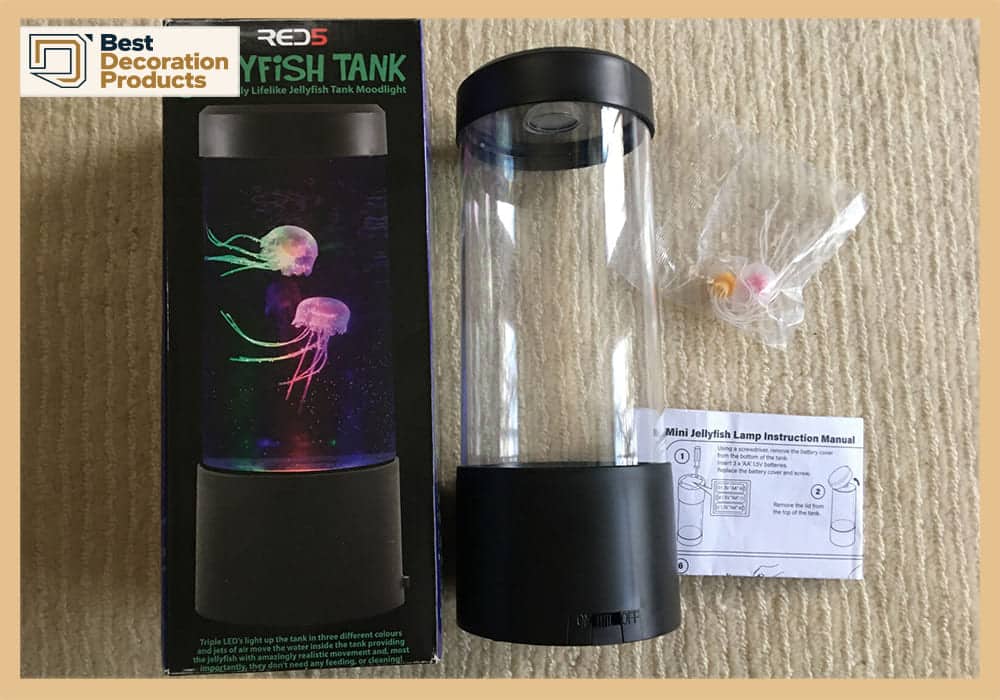
Keep your jellyfish lamp shining with simple and effective cleaning rules.
HOME >> PRODUCT GUIDE >> LAMP
By: Shuvo Das

If you use the jellyfish lamp regularly and do not clean it, the water of the lamp becomes dirty after a few days. Several factors are responsible for dirtying; the light will get dirty quickly if not known. But it isn’t easy to clean if the dirt is too much. But you can clean it very easily and quickly if you follow our rules. To keep your jellyfish lights glowing brightly, follow a few rules for cleaning and maintenance.
Before you clean your jellyfish lamp, unplug the lamp because safety comes first. So clean the jellyfish tank by unplugging the lamp to avoid the risk of electric shock.
Be careful when cleaning jellyfish. Carefully remove your jellyfish if they are separable. Otherwise, the jellyfish may be harmed. In addition to cleaning everything, it is essential to clean the jellyfish gently.
To thoroughly clean the jellyfish tank, pour the water from the tank over the basin. As a result, it will be convenient to clean the tank’s internal surfaces well.
Avoid cleaners that require scrubbing to clean the tank because the use of these cleaners can cause stains on the skin of the tank. So you clean the tank with warm water and mild detergent and wash it well. Wipe the inside of the tank thoroughly with a soft sponge or clean cotton cloth.
If your jellyfish can be separated, gently pick them out. Avoid using harsh chemicals because they can damage the jellyfish material or discolour the jellyfish. So use a sponge or cotton cloth
Use a long-handled soft brush or an aquarium cleaning brush to clean the inside of your jellyfish tank. Clean below and around thoroughly to remove long-standing algae buildup.
Check the lighting system so that the lamps are burning brightly. Use a soft brush to remove dust that blocks the light so the light shines brightly.
Avoid using tap water in the jellyfish tank. This is because tap water can contain minerals that can hinder the clarity of tanker water. So you clean your tank and use distilled water or purified water.
Keep the jellyfish carefully inside the tank. Follow the instructions for correct placement. Make sure all the components are in place.
After installing the jellyfish, plug it in. Then, see if the jellyfish are moving as before or if they glow as brightly as before. If everything is fine, then your cleaning process is delicate.
Create a routine for cleaning your jellyfish tank. Depending on the usage, you should clean the lamps every few weeks.
Always follow the manufacturer’s instructions. Follow the instructions during cleaning and maintenance. Lamps may have other features or materials that require special care.
Read More: The 10 Best Jellyfish Lamps
After cleaning an artificial jellyfish lamp or watering a new tank, follow a few rules for filling the tank. The lamp’s beauty can only be enjoyed if the rules are followed. Below are some rules for filling jellyfish lamps in water.